
Spring weather can bring different weather conditions, and that variety of conditions may expose a leaking chimney in your home. Leaking chimneys will happen and in this article, we discuss
What to expect with a leaking chimney
How to handle chimney repairs
What are the leading causes of a leaking chimney
Chimneys are typically made from strong materials, such as brick or stone but over time, mother nature can create weak points through the constant exposure to heat, cold, high wind, heavy rain, snow, and thawing process.
Feazel, in our 30+ years of experience, has seen many chimney problems and helped homeowners repair them before they turn too serious.
Signs of a Leaking Chimney
A leaking chimney does not always show up the same way. The parts of a chimney are susceptible to wear and tear. If you are experiencing an active chimney leak, you may encounter the following;
Water stains or leaks on the walls or ceiling around the chimney
A musty smell that comes from the fireplace. The smell may be more prevalent after a period of heavy rain
Drips or leaks inside the chimney
Water or condensation inside the chimney
Cracks in masonry inside or outside the chimney
If you are experiencing any of these issues, you should contact a professional to inspect your roof.
Chimney Leaks in Heavy Rain
Considering that your chimney extends out of your roof and rises out into the elements, there are numerous points where wear can occur and create a leak. Many of these places may be difficult to access and you should entrust a well-respected contractor to access, assess, and repair. Be sure to look at reviews on Google, Angi, or Nextdoor to see if your neighbors have any recommendations.
Leaking Chimney Flashing
Flashing can be a leak point for your roof but what purpose does it serve?
What is Chimney Flashing?
Chimney flashing is a thin piece of metal that is installed around your chimney where it meets your roof. Your chimney flashing helps create a waterproof seal to prevent water from accessing your chimney and roof. It directs water away from the chimney and sends it toward your gutter system.
Flashing can pull away from the chimney as the chimney settles over time. Or the flashing can rust and wear out. Same with the caulking used on the flashing. Weather and age can cause it to wear out and open the possibility of a chimney or roof leak.
Leaking Chimney Cap
A chimney cap sits on the top of your chimney. It may have mesh metal sides and a metal panel covering the top. It prevents rain from getting into your chimney.
Rain and moisture inside the chimney can cause damage to the mortar and bricks. Additionally, moisture can damage dampers or crack the flue. The cap also keeps embers and sparks contained so it is important for your home. Wind may damage the cap making it easy for moisture to enter your chimney.
Rusted Chase Cover
A chimney chase cover is also known as a top pan. They are metal covers used to protect the top of your chimney. A chimney chase covers typically exist with wood-framed chimneys that have wood, vinyl, aluminum, or brick siding. It acts as a waterproof cover to shed rain, snow, and ice.
Leaking Chimney Crown
Your chimney crown is the white part on the top of your chimney. It creates a watertight surface to prevent water from penetrating the chimney. A crown can develop cracks and degrade with weather exposure.
With freeze and thaw cycles, this damage can accelerate. As water freezes, it expands which will create larger cracks and gaps and make it easy for more water to enter your chimney.
Leaky Chimney Masonry
Brick and stone are porous and can absorb moisture during period of heavy rain and your chimney may become saturated. A cold snap while your chimney is saturated is going to start to degrade your chimney and form cracks.
Mortar joints that are made with too much sand can absorb water as well and start a chimney leak. Masonry issues can be addressed by using a waterproofing product to seal your chimney. The sealant may last for 5-10 years before needing to be reapplied.
If the masonry is leaking, the other issue may be tuck-pointing. The mortar joint may have deteriorated over time and needs some TLC. Mortar typically lasts 25 to 30 years under the best conditions.
Is It Normal for Your Chimney to Leak?
We do not want to normalize chimney leaks. Is it common? Absolutely. A regular inspection/ maintenance cadence will help reduce the frequency of leaks. Much like the rest of your roof, do not wait for problems to occur.
Being aware of the condition of your chimney will prevent problems from happening. Scheduling routine maintenance is valuable to prevent leaks and the long-term health of your chimney system.
What To Do If Your Chimney is Leaking
If you have noticed moisture on your ceiling or on the interior masonry, it is time to inspect your chimney. Snap a picture of where the leak is occurring. Sometimes, these places can dry out before anyone can inspect your chimney. If you can help pinpoint where the moisture is appearing, you may be able to help determine the point of entry.
Second, begin the clean-up process. Place a bucket, rag, or towel under the area if applicable. Move any furniture to prevent it from getting wet.
But who to call for a chimney leak? That depends on what is happening on your roof and chimney.
Third, call a trusted roofing company to inspect. You may need a chimney company to inspect as well but it all depends on what type of leak is occurring. Some roofing companies offer chimney services as well.
What Causes a Leaking Chimney?
Numerous parts of your chimney will experience wear and degradation over time. Some of the more common causes of a leaking chimney are as follows;
Weather
Freeze- thaw cycles can ramp up a small crack into a large leak quickly. Remember, the chimney is exposed 24/7, 365 days a year. Your masonry must endure heat and cold. Cracks may appear over time which in turn will lead to a leak.
Construction/ Waterproofing
There could be faulty construction of the chimney or skimping on some materials when it was initially built. Additionally, your waterproofing may have finally ceased protecting the chimney brick and mortar and needs to be reapplied.
Can A Woodpecker Cause a Leak?
Not in your masonry but a woodpecker may damage the wood siding around a chimney thus opening it up for moisture to enter.
Age of your home.
Home settle and shift. These movements can cause stress in your masonry which will lead to cracks to develop. Once you have a crack in your masonry, moisture can enter, and a freeze thaw cycle will cause that small crack to grow.
How To Stop a Leaking Chimney
We recommend getting regular chimney inspections to get ahead of any weather-related damage. However, we understand that annual inspections are not always possible for homeowners. In the case that you need to stop a leaking chimney, find a trusted contractor with ample reviews to inspect your property.
Waterproofing Your Chimney
Waterproofing has several options, the DIY route, or a professional route. Some pros may offer a warranty on their higher-end product. It may be advantageous to utilize a professional chimney company to ensure the best application to go with your warranty.
Crown Repair
Crowns will crack over time. Once you run through a freeze thaw cycle, that small crack will get a little bigger. If left unchecked, your crown will become loose, and chunks will flake away. If water gets into the bricks, spalling will occur which may lead to larger repairs.
Replacing Your Chimney Cap
Is your chimney cap broken, missing, or the wrong size? Talk to a professional to discuss replacement.
Replacing the Flashing
Flashing chimney leaks can happen. The metal flashing is what is placed around a chimney to prevent leaks. Much like other roofing materials, the flashing can wear out and open your roof up to leaks.
Replacement requires removal of the old flashing, and then replacement. Considering your chimney extends out of your roof, you may be at a considerable height. While the height may not be an issue for some DIYer, the handling of tools and supplies make replacing flashing yourself a challenging task. We encourage you to work with a professional to replace chimney flashing.
Chimney Leak Repair Near Me
Feazel serves
We have helped countless homeowners with their chimney and roof issues. If you have discovered a leak around your chimney, contact us for a free inspection. Our award-winning team will be happy to serve you.
Tags
Subscribe to Feazel's Blog

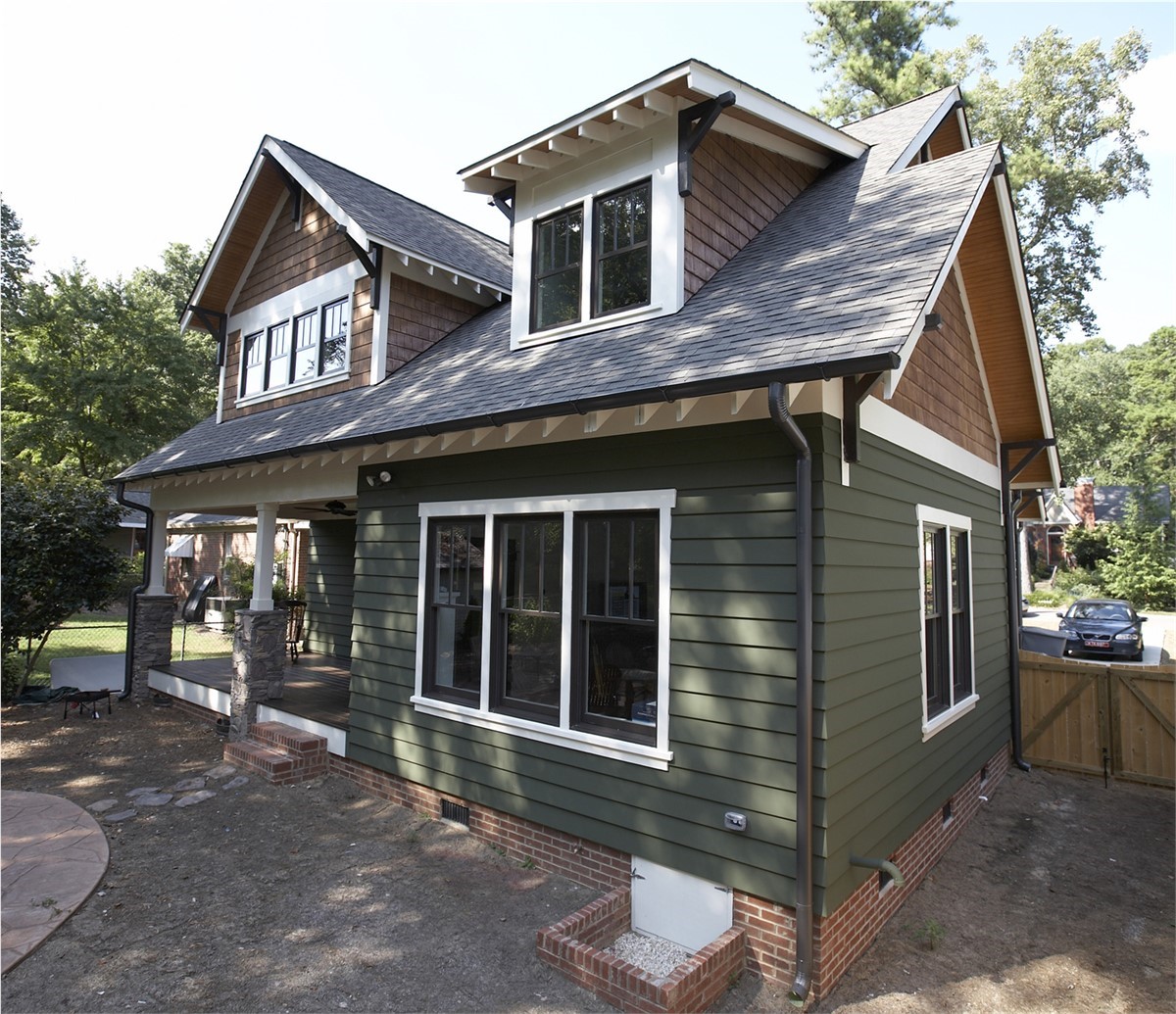
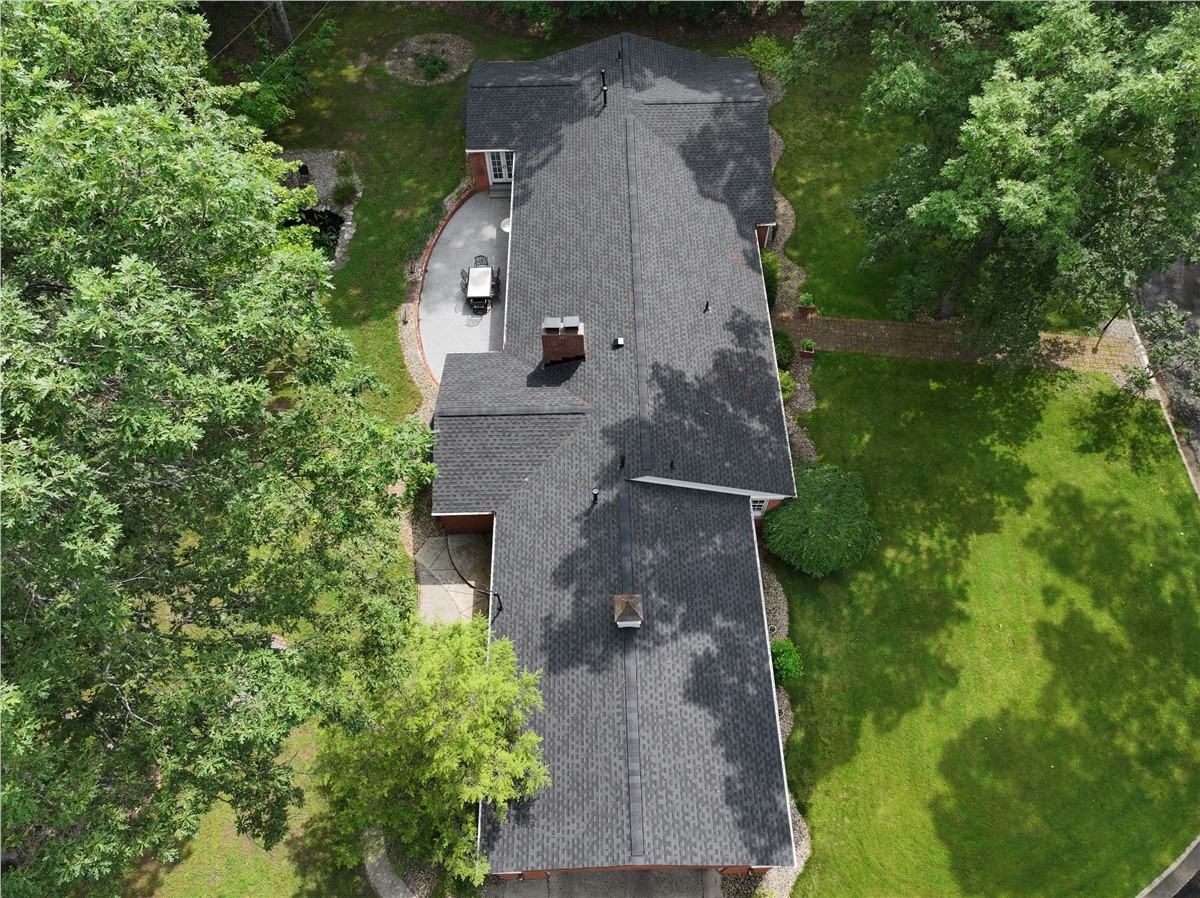
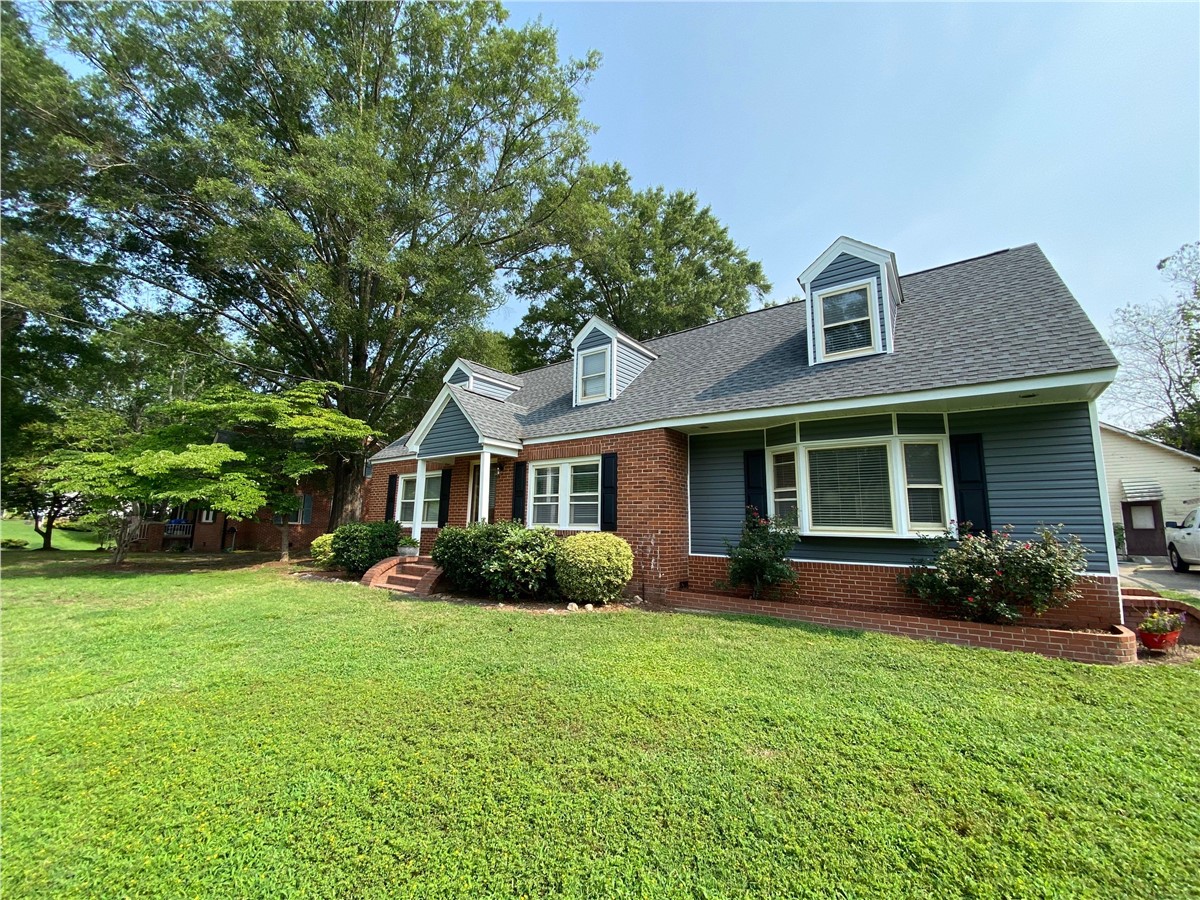
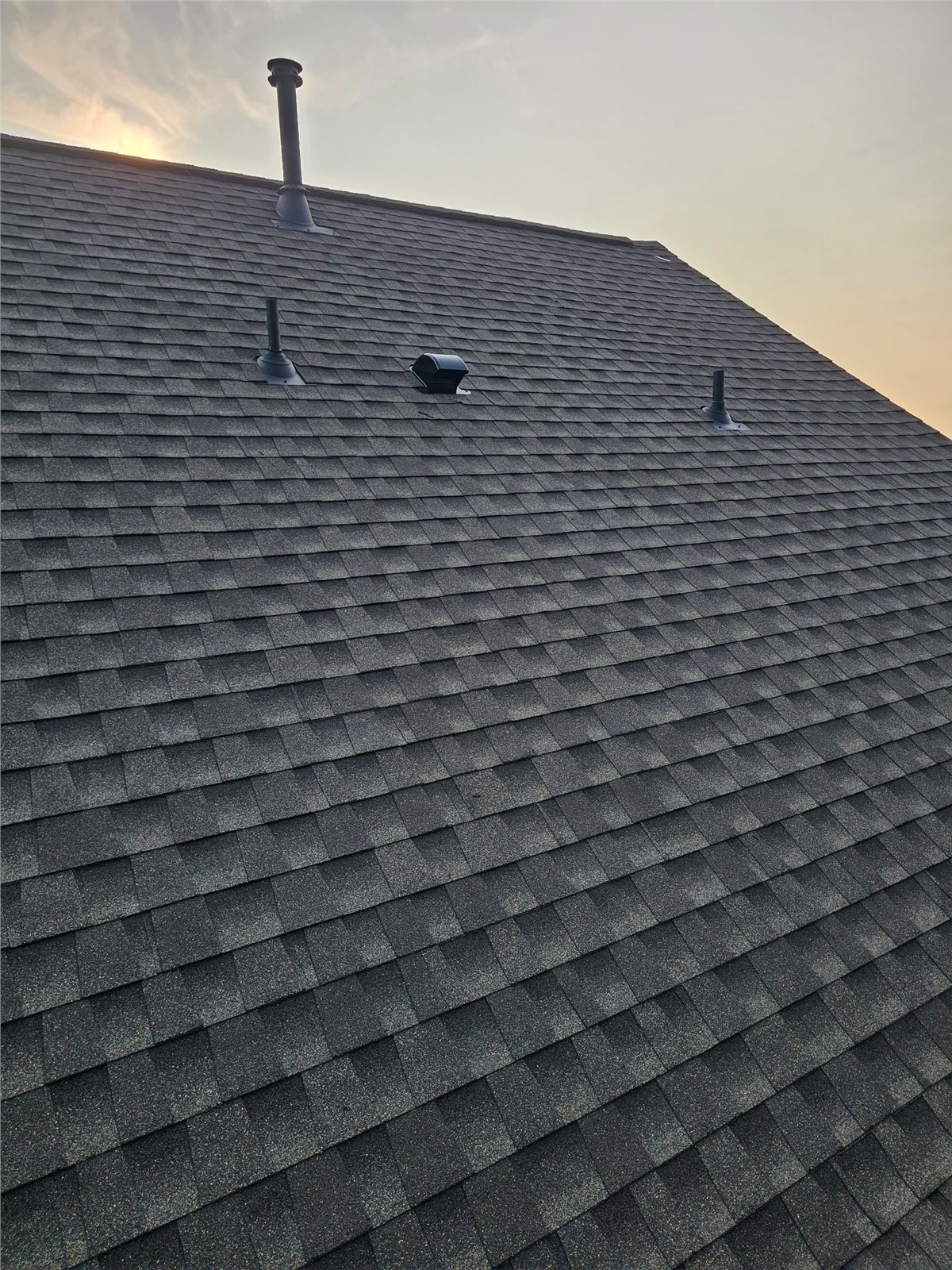
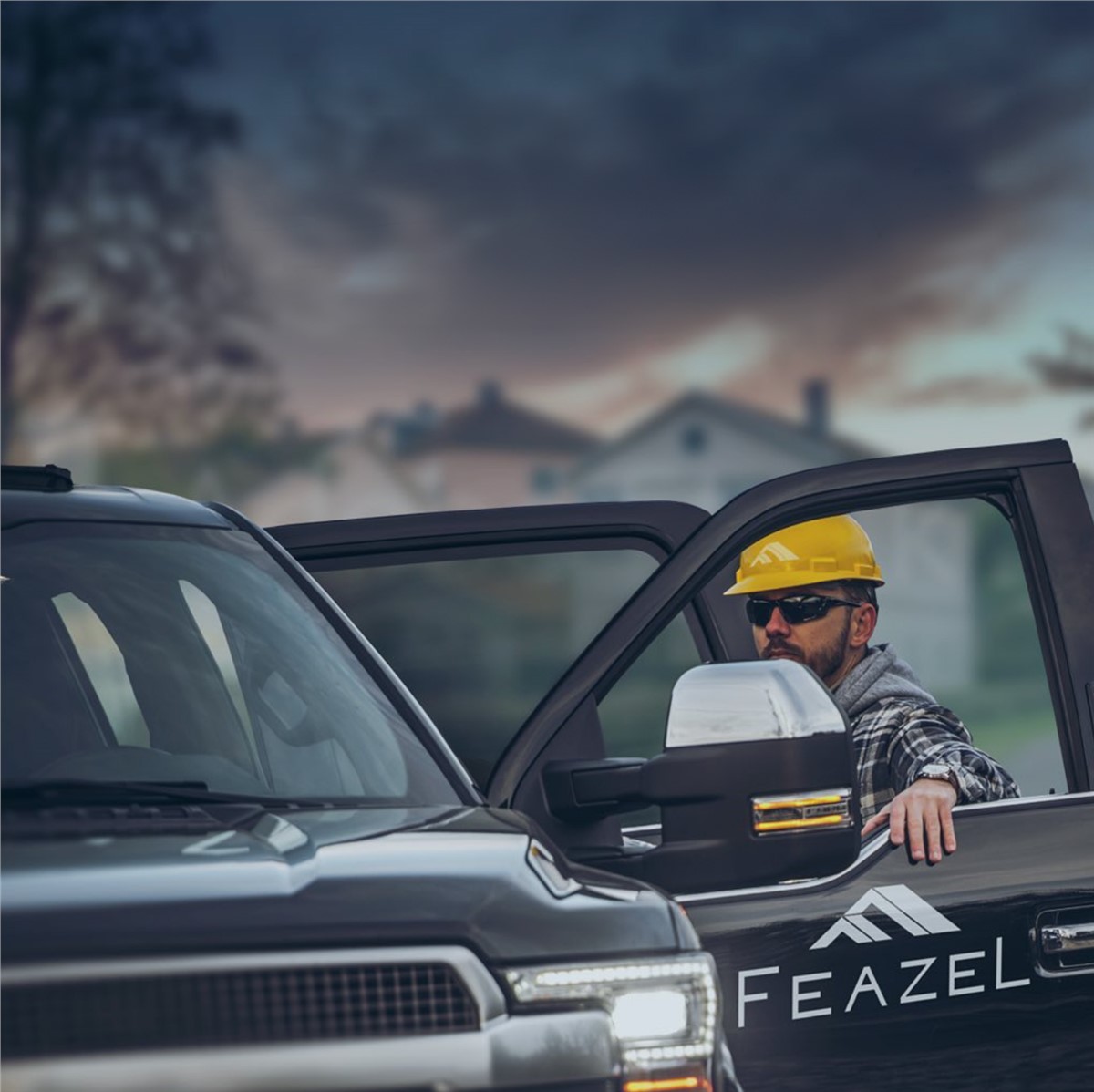
Comments